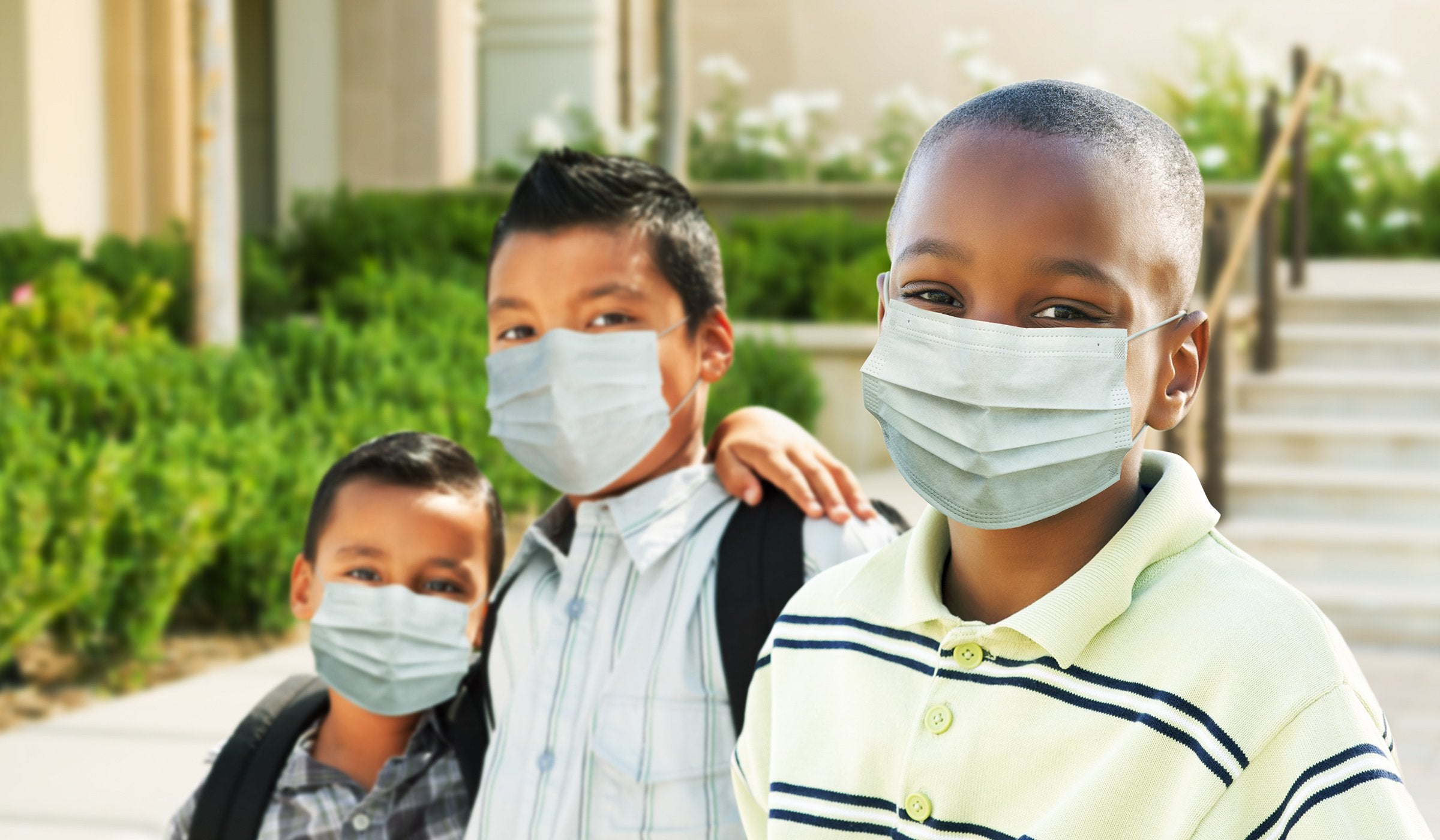As the COVID-19 pandemic continues, educators around the country are seeing an increasing need to support young people who may be struggling with anxiety, depression, fear, trauma, food insecurity or even homelessness. And nearly two-thirds of parents feel that their children’s social and emotional development has been affected by the pandemic, according to research from the EASEL Lab at the Harvard Graduate School of Education.
Social and emotional learning (SEL) strategies can support young people as they cope with and recover from the pandemic, but the classroom is not the only setting to engage students on SEL. Afterschool and summer learning programs also can provide unique opportunities to help young people develop their social and emotional skills, behaviors and beliefs, which can help kids manage the challenges they have faced over the past two years.
A recent webinar jointly hosted by The Afterschool Alliance, Every Hour Counts and the Forum for Youth Investment explores how afterschool programs around the country have employed SEL strategies to help kids focus their thinking, manage their behavior and understand and deal with feelings, particularly as they continue to face the uncertainty caused by COVID-19.
The webinar featured EASEL’s Dr. Stephanie Jones, lead author of the recently published update to the popular SEL guide, Navigating Social and Emotional Learning from the Inside Out, along with Cheryl Hollis, chief program officer of Wings for Kids, one of the 33 SEL programs featured in the guide.
The more than 550-page guide is designed as a practical resource for teachers and out of school time practitioners, with a new focus on equitable and trauma-informed SEL. Since its original rendition, the guide has emphasized the role that afterschool and summer learning providers can play in helping young people build their social and emotional skills, incorporating worksheets to help providers adapt SEL strategies to meet their program needs.
But what is SEL? According to Jones, SEL is primarily concerned with “building and holding positive relationships, establishing trust and comfort, (building) feelings of safety and belonging and having positive relationships with others.”
Effective SEL approaches can accelerate gains in academic learning, Jones said, and four elements define effective SEL in practice.
- Adults model behaviors themselves, and consequently need to be able to access their own social and emotional support.
- Children and youth should be taught skills directly.
- Students are given opportunities to practice their skills, providing them with teachable moments for both individuals and groups.
- Guaranteeing that students and staff share a common “SEL language,” providing a framework to use SEL strategies in daily life.
The Wings for Kids program has 10 SEL objectives that shape 30 SEL lessons that take place during small group discussions. In presenting the organization’s SEL strategies, Hollis said it centers the importance of its community in the program—which sets the tone and makes learning social and emotional lessons fun. Children attending Wings recite “words to live by” daily, positive affirmations said as a kind of “SEL pledge;” students and adults share “heys and praise” to highlight their peers’ positive impacts on the community; and students are encouraged to use words describing emotions to share positive news with peers. “Heys and praise is a very visible way to spread good vibes and energy,” Hollis said.
“Giving students regular opportunities to build speaking and listening skills and foster strong teacher-student and student-student relationships is a practical way to incorporate SEL into afterschool programs,” said Hollis. And it’s not just the students who develop their SEL skills at Wings. She added: “Adult staffers receive support and training to model social and emotional skills for children and are encouraged to offer constructive feedback to other staff members on an ongoing basis.”
Programs like Wings are effective for two primary reasons, Jones said: they establish safe and caring learning environments and teach students social-emotional skills in ways that engage students. For both to work, programs must foster connected, supportive and reciprocal relationships between students and staff.
As SEL research and practice continues to grow, Jones reflected on the future of the field. SEL will benefit from a clear focus, she said, and focusing on new approaches that are targeted, flexible, portable and engaging. SEL in practice should be geographically and culturally appropriate and simplifying and localizing strategies will allow practitioners to be more effective and equitable. Employing SEL strategies in a range of settings, from the classroom to afterschool programs, is critical for providing young people with the tools they need to thrive during and beyond COVID-19. Wings for Kids is clearly groundbreaking in its approach and a model for afterschool programs to look to.




